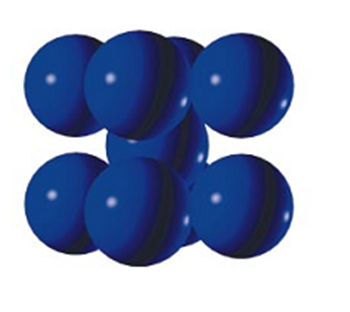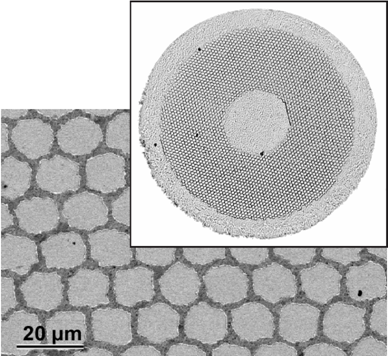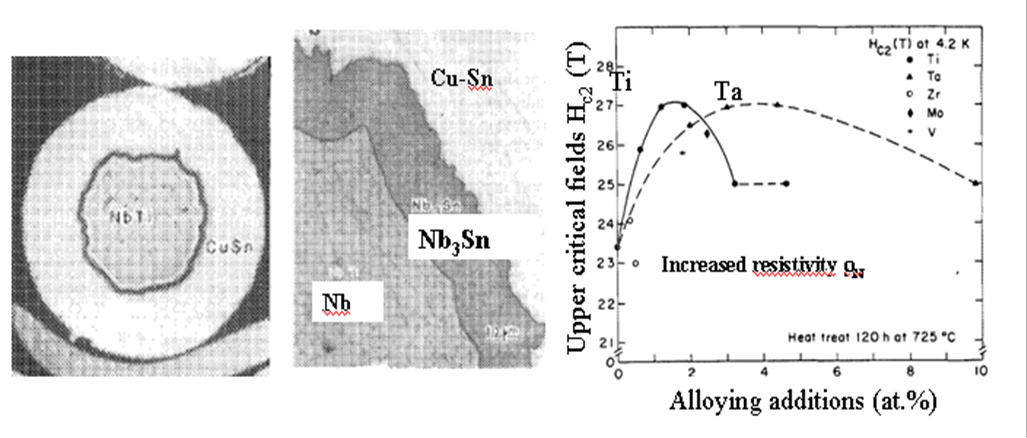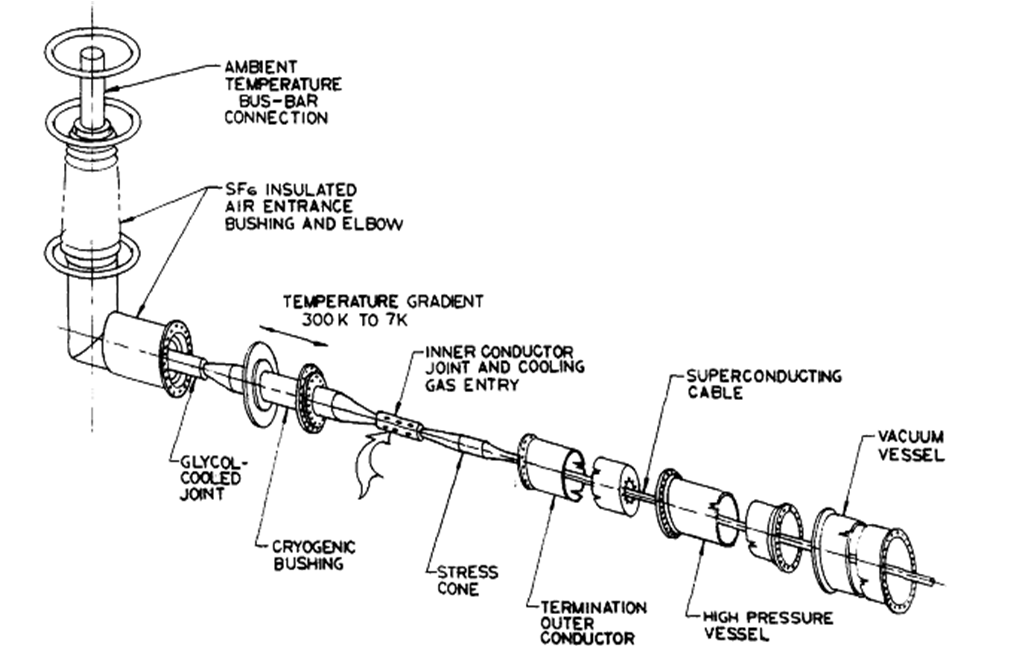Chiral Materials and Unconventional Superconductivity Group
Low-Temperature Superconducting Wire Research 1970-1986
Low-temperature <20 K) superconducting (LTS) wires are based on transition metal alloys, primarily niobium. The major application of LTS wires is laboratory superconducting magnets, now existing by their thousands, some producing fields exceeding 20 T. Fermilab, Brookhaven, DESY and CERN all have accelerators composed of kilometres of LTS wire in superconducting bending and focusing magnets. The medical technique of magnetic resonance imaging was developed using very homogeneous, persistent-mode LTS magnets, a business now exceeding US$3 billion per year. Another emerging large-scale application of LTS wire is International Fusion Reactor (ITER), now constructed in France. All of these applications are based on two LTS materials, Nb-Ti (Tc = 9K) alloy or Nb3Sn (Tc = 18 K) compound.
Applied Superconductivity Program at Brookhaven started in early 70s as metallurgic studies of NbTi, V3Ga and Cu-Ga superconducting alloys. These results were enabling for development of the industrial NbTi technology. NbTi is widely used now for making primary magnets for MRI imaging machines.

Structure of Nb-Ti alloy. Nb47wt%Ti has the disordered body-centred-cubic structure

Nb-Ti multi-filamentary wire produced in Brookhaven in 70s.
Early 80s work focused on study of Nb3Sn wire technology. An alloying route to enhance performance of Nb3Sn wire has been developed [1], low loss alternating current electric cable designed and implemented [2-4].

Development Nb3Sn phase in the bronze process. The process has been refined at Brookhaven to produce Nb3Sn wires with record properties
Effect of alloying of Nb3Sn with Ta and Ti. Results of this work allowed for significant enhancement of Nb3Sn wire performance. The technology is used in Nb3Sn wire production today.
Following a study in 1971 at Brookhaven National Laboratory a 1000 MVA superconducting power transmission system based on niobium-tin superconductor in flexible cables was constructed and operated from 1982 until 1986 [5]. The results confirmed the technical feasibility of this technology to move large blocks of electric power over long distances.

Layout of Nb3Sn superconducting transmission line built in Brookhaven in 1982. The line could carry 1000 MWt of electric power without losses.
References
- Okuda S, Suenaga M, and Sabatini R L, "Influence of Metallurgical Factors on Superconducting Current Densities in Bronze-Processed Nb3sn Multifilamentary Wires", Journal of Applied Physics, 54 (1983), pp: 289-302.
- Bussiere J F, Garber M, and Suenaga M, "Ac Losses of Nb3sn", Ieee Transactions on Magnetics, Ma11 (1975), pp: 324-327.
- Suenaga M, and Garber M, "Low-Loss Niobium-Tin Compound for Superconducting Alternating-Current Power Transmission Applications", Science, 183 (1974), pp: 952-954.
- Bussiere J F, Garber M, and Suenaga M, "Effect of Cladding Material on Ac Losses of Commercial Nb3sn Tapes", Journal of Applied Physics, 45 (1974), pp: 4611-4616.
- Forsyth E B, and Thomas R A, "Performance summary of the Brookhaven superconducting power transmission system", Cryogenics, 26 (1986), pp: 599-614. PDF




